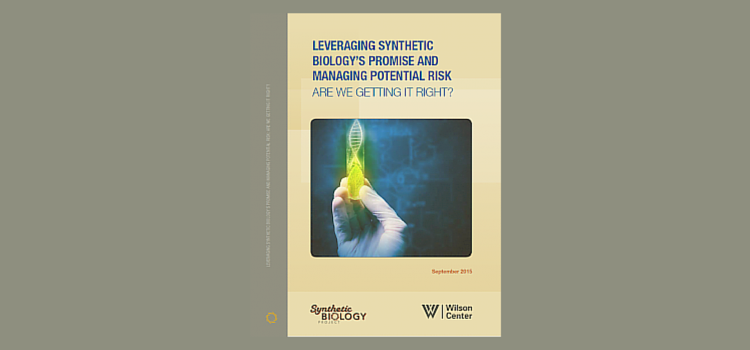
Many companies set their sights on the large and lucrative US market, and those developing products based on synthetic biology are no exception. However, this isn’t as straightforward as it sounds. According to a report published by the Synthetic Biology Project at the Woodrow Wilson International Center for Scholars, the path to approval for these new and innovative products isn’t a smooth one. This is partly because it’s not entirely clear which agency has the final say on the product’s suitability for the market, and also because of the sheer novelty of the products and their approaches.
Depending on how the product is created and how it will be used, it could be the responsibility of the Food and Drug Administration (FDA), Department of Agriculture (USDA), or the Environmental Protection Agency (EPA).
The report includes a number of case studies demonstrating the challenges of the regulatory process in the US.
The Genetically Engineered Mosquito
Oxitec has created a genetically-engineered yellow fever mosquito, creating male mosquitos that carry a lethal dominant gene. Offspring that carry this gene die before pupating. This could reduce the population of this type of mosquito, which can carry and transmit yellow fever, dengue fever, and chikungunya, by around 90%. This could be regarded as a human drug and so be the responsibility of the Center for Drug Evaluation and Research (CDER) or the Center for Biologics Evaluation and Research (CBER), or as an animal drug, and so be the responsibility of the Center for Veterinary Medicine (CVM). All of these are part of the FDA. The final decision was that it was under the jurisdiction of the CVM.
Mining Copper Using Microbes
Mining low-grade ore for copper uses a lot of chemicals and energy and is not particularly efficient. A company is using synthetic biology to design organisms to extract the copper in a cleaner and more efficient process. The organisms are likely to be reviewed and regulated by the EPA. As they aren’t used as a drug or pesticide they are likely to be considered a chemical substance covered by the Toxic Substances Control Act (TSCA), and the company may have to submit a number of different notices and applications under the requirements of TSCA.
Pheromone Pesticides From Bacteria
Pheromones are effective attractants for insect traps but are expensive to produce. An International Genetically Engineered Machine Foundation (iGEM) team from the National Chiao Tung University in Taiwan has genetically engineered pheromone biosynthesis activating neuropeptide (PBAN), which stimulates females to produce the pheromones that attract males for mating. PBAN mixed with sugar in a trap attracts females, which eat the sugar solution and then produce the pheromones, attracting the males to the trap. The EPA regulates biochemical pesticides. While pheromones are exempt from the EPA’s Federal Insecticide, Fungicide, and Rodenticide Act (FIFRA), PBAN is not a pheromone, so may be subject to FIFRA or TSCA.
These case studies illustrate the complexities of bringing some forms of synthetic biology products to market in the US. For the EU contained use regulations provide a different barrier and the recent pan EU decision allowing member states to ban particular GM crops even if approved across the EU point to further challenges. The take home message is that regulatory compliance is perhaps the single greatest challenge for synthetic biology and it is crucial that start-ups seek detailed regulatory advice as early as possible. Rainbow Seed Fund’s approach is to allow for the cost of regulatory advice in all its investments and to work with companies to find the optimal regulatory strategy.